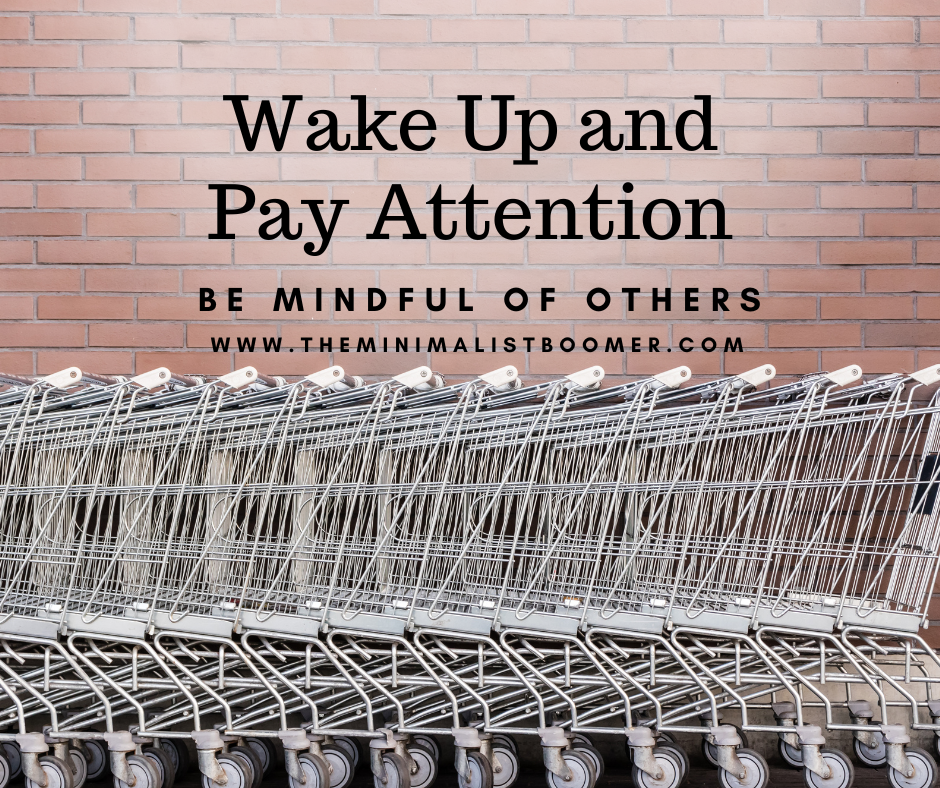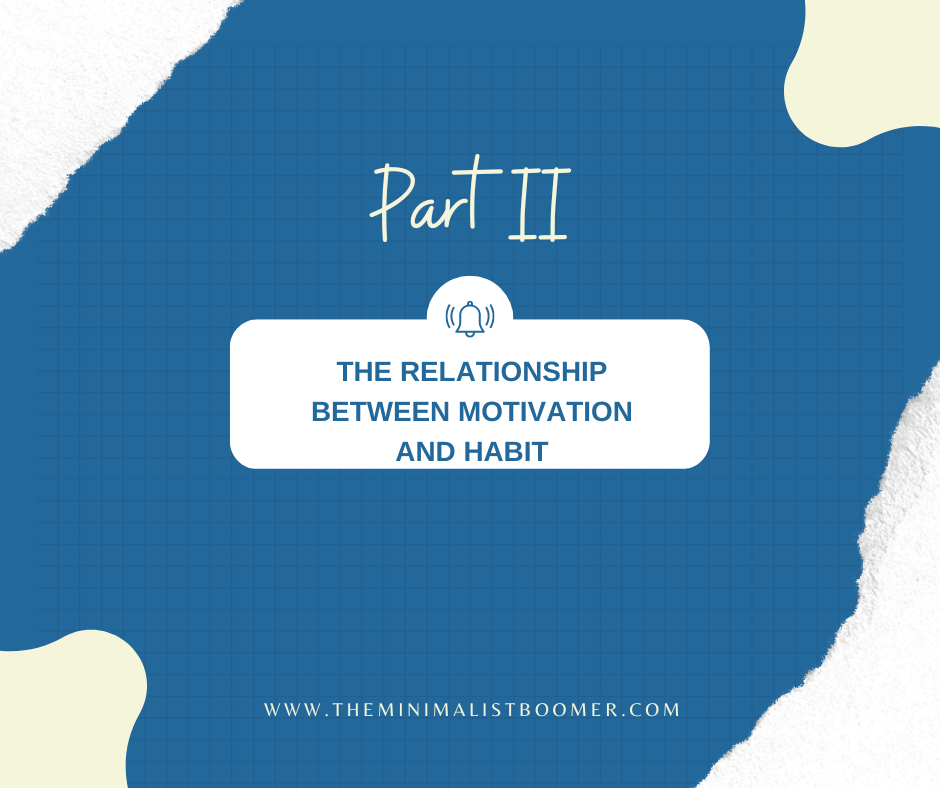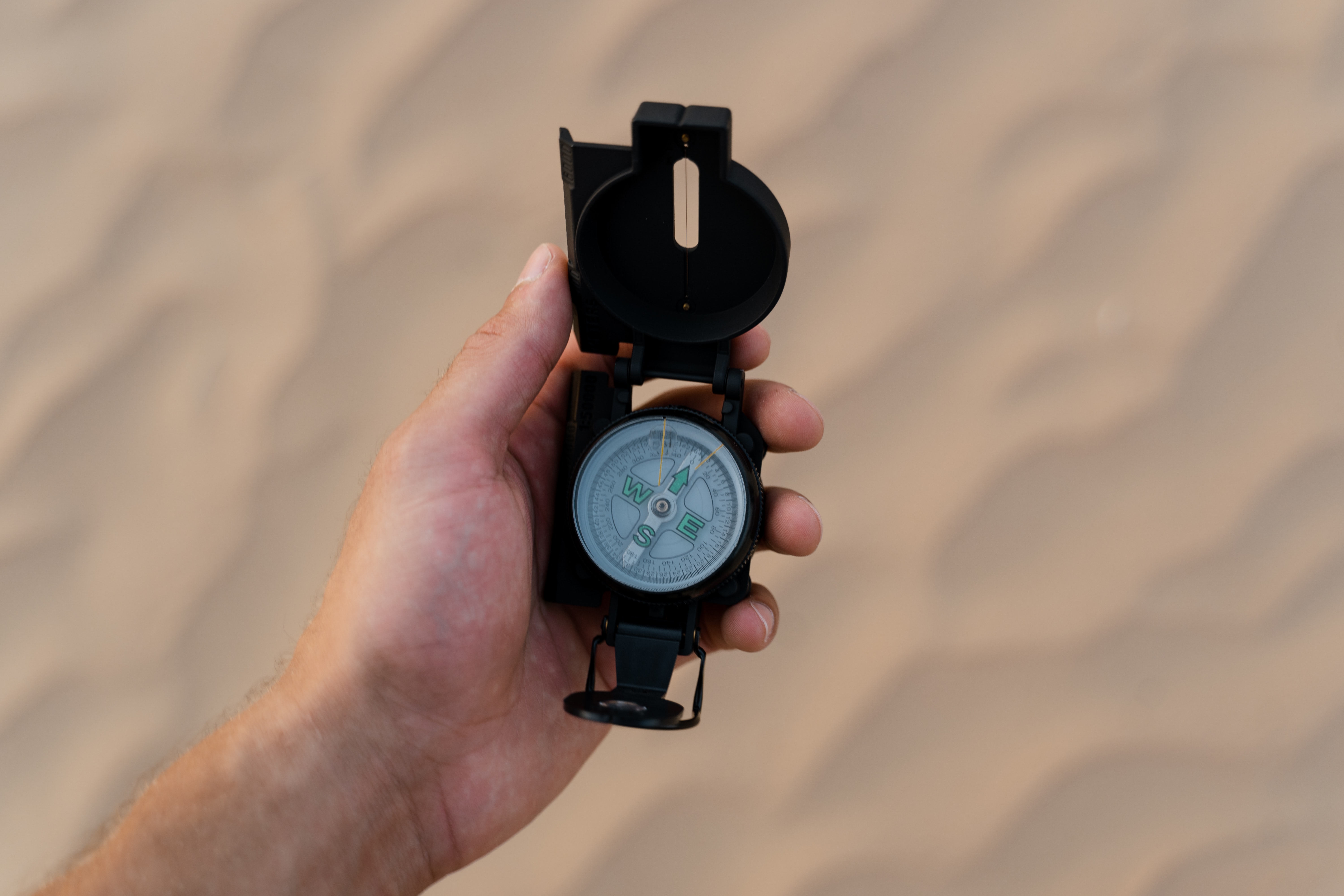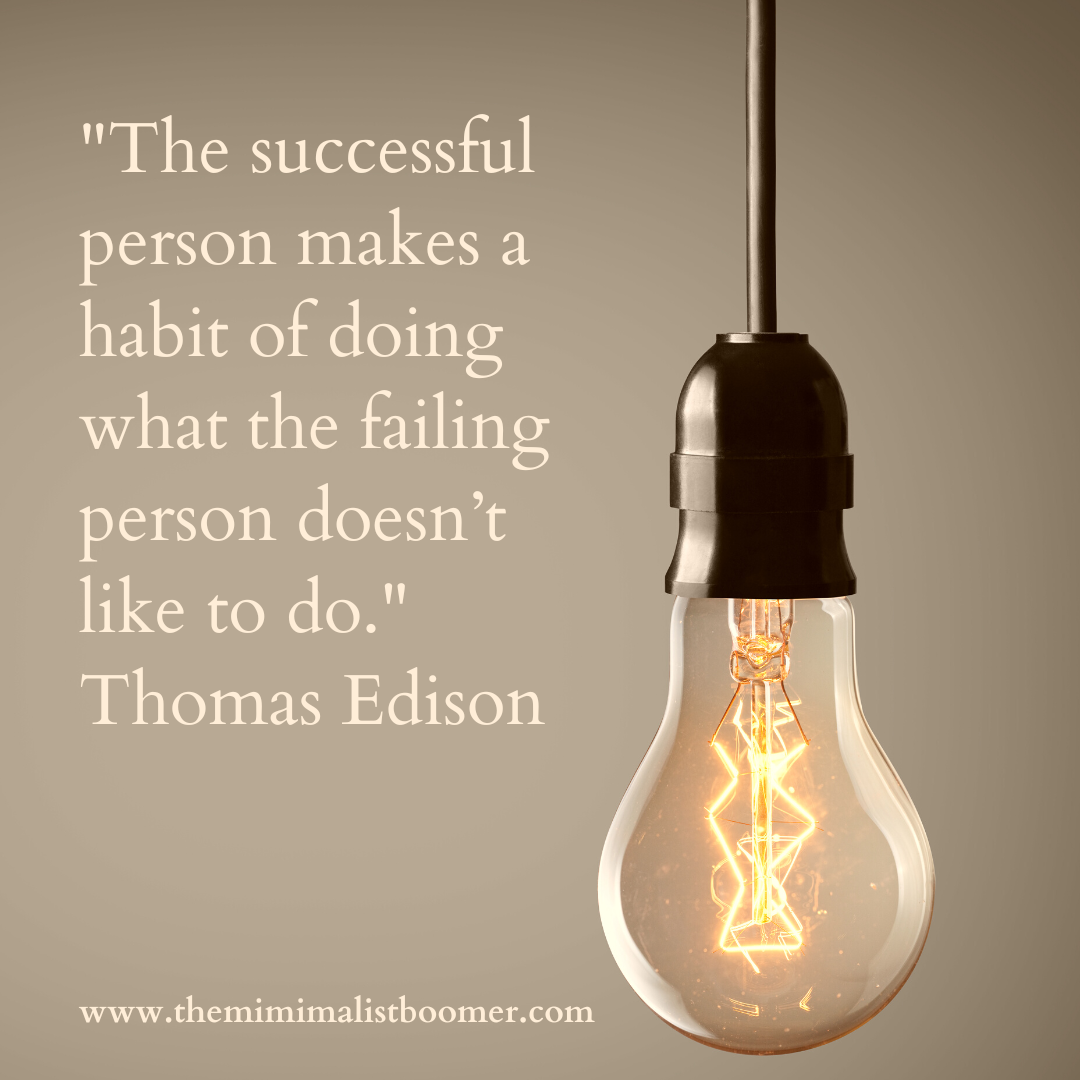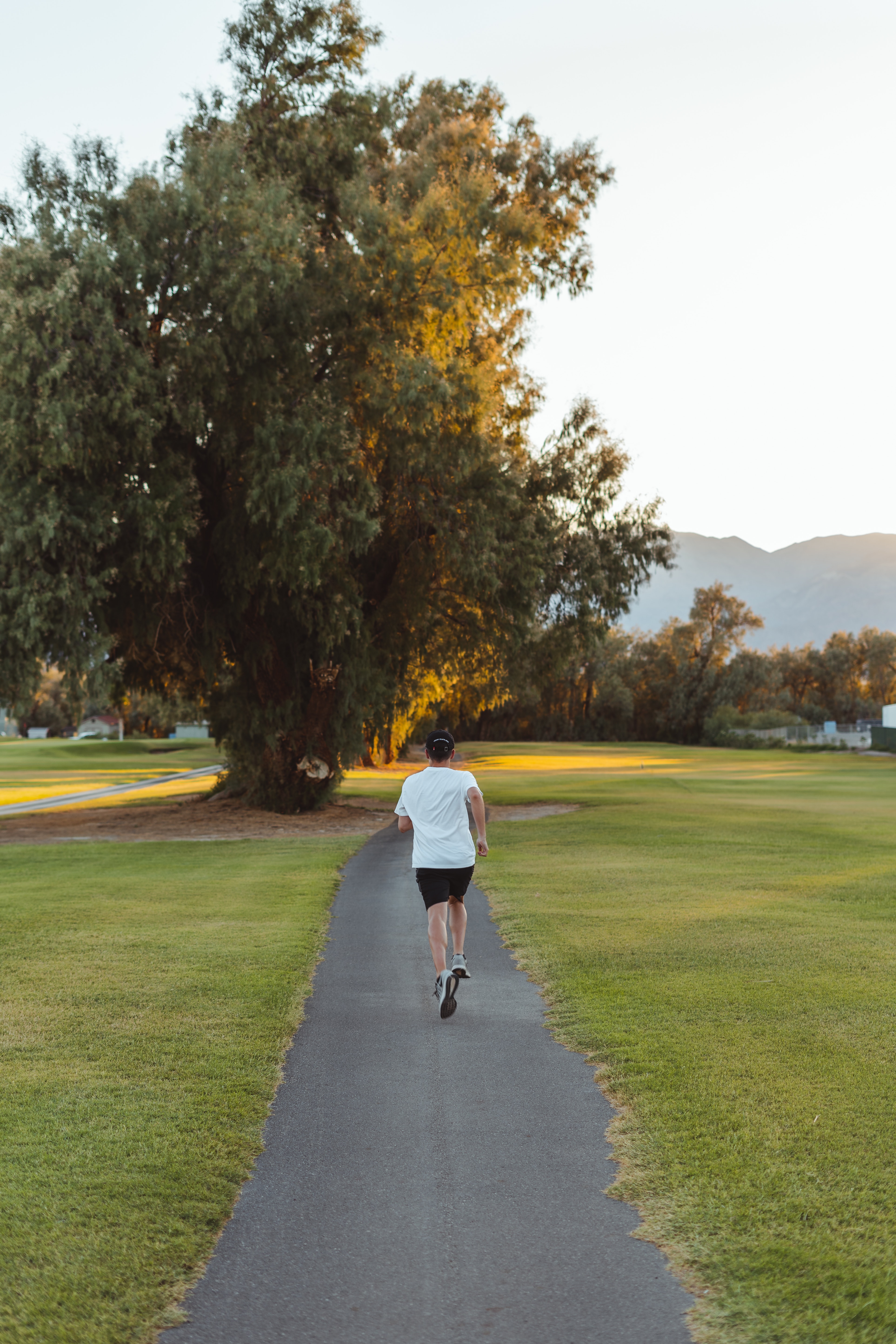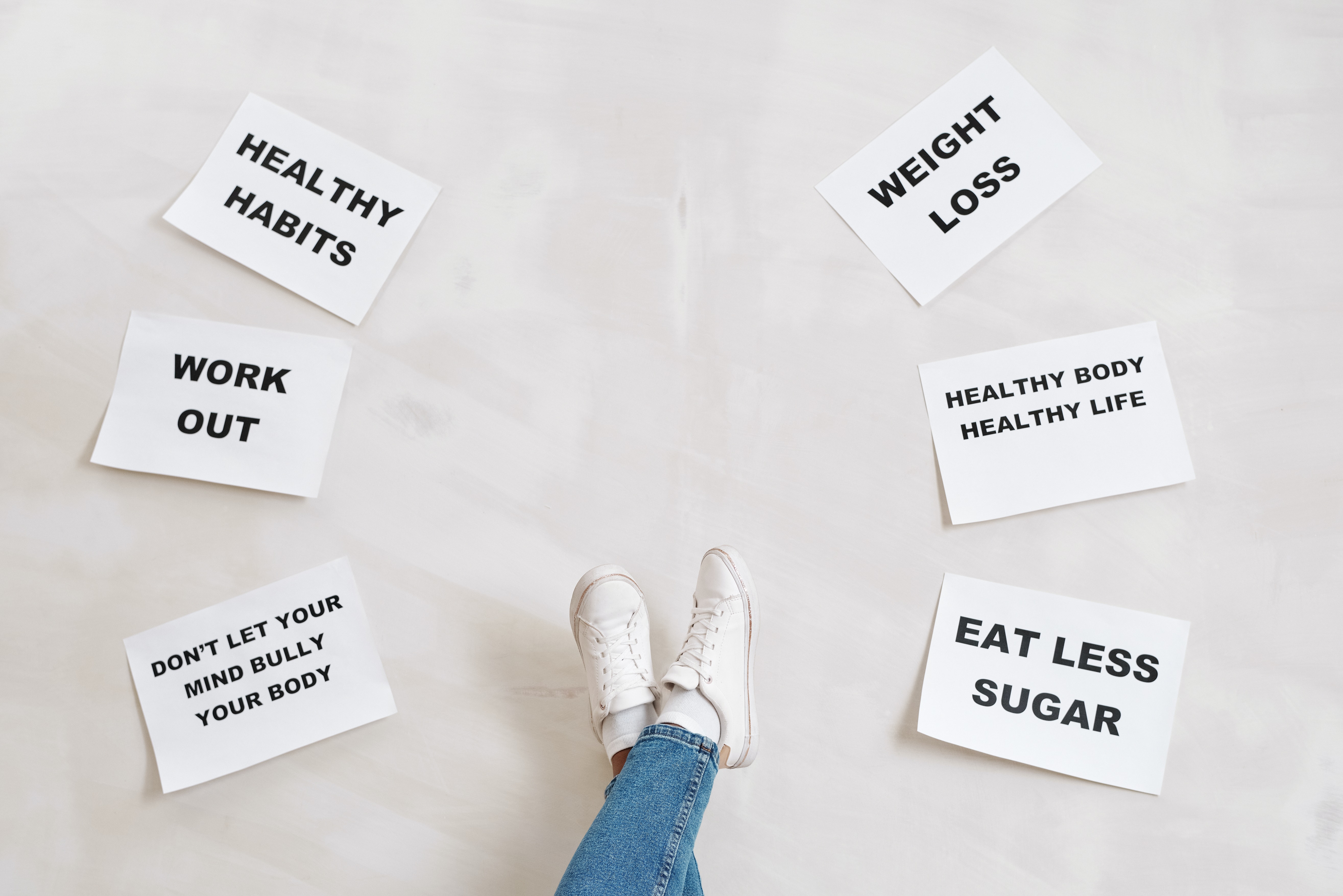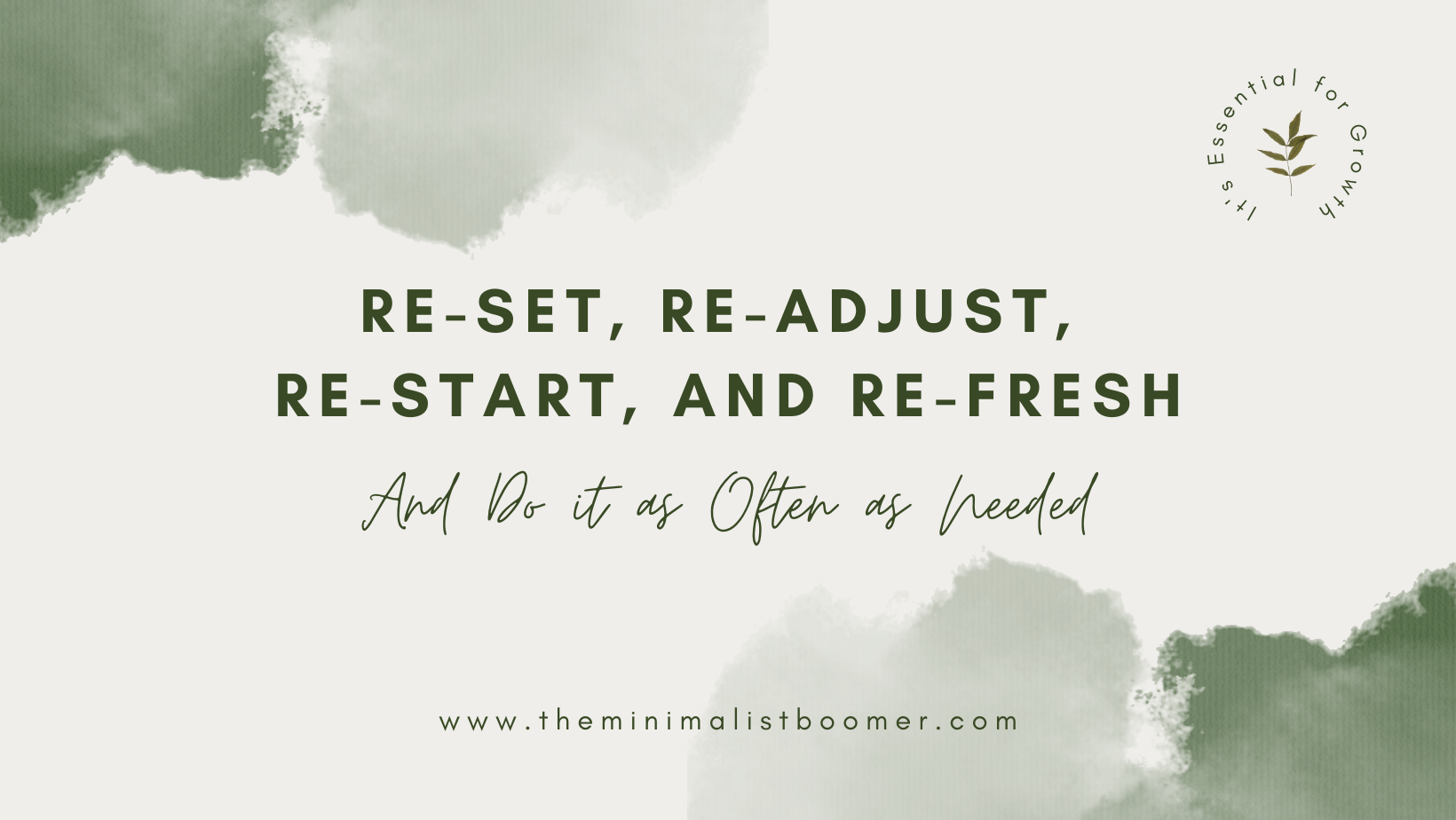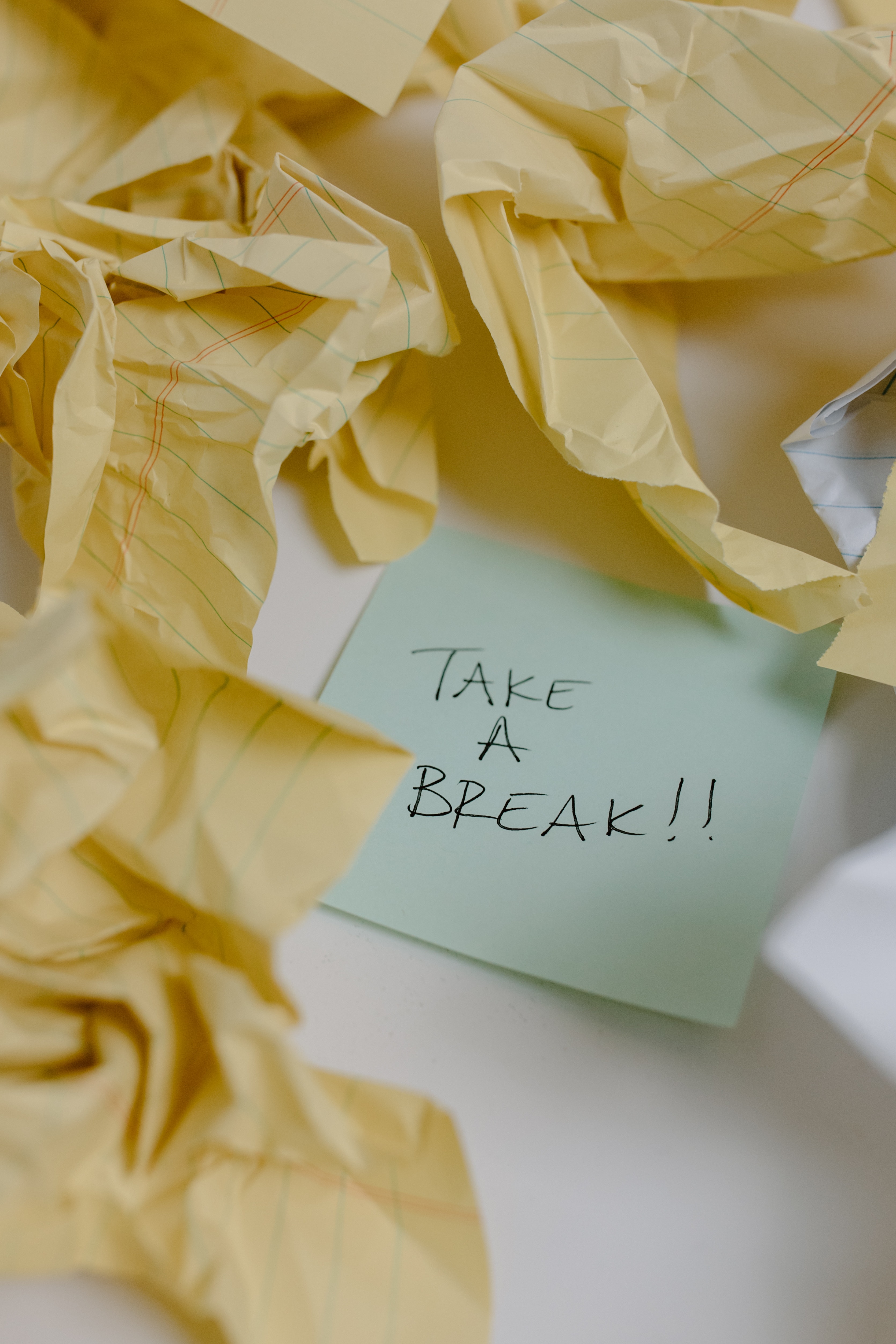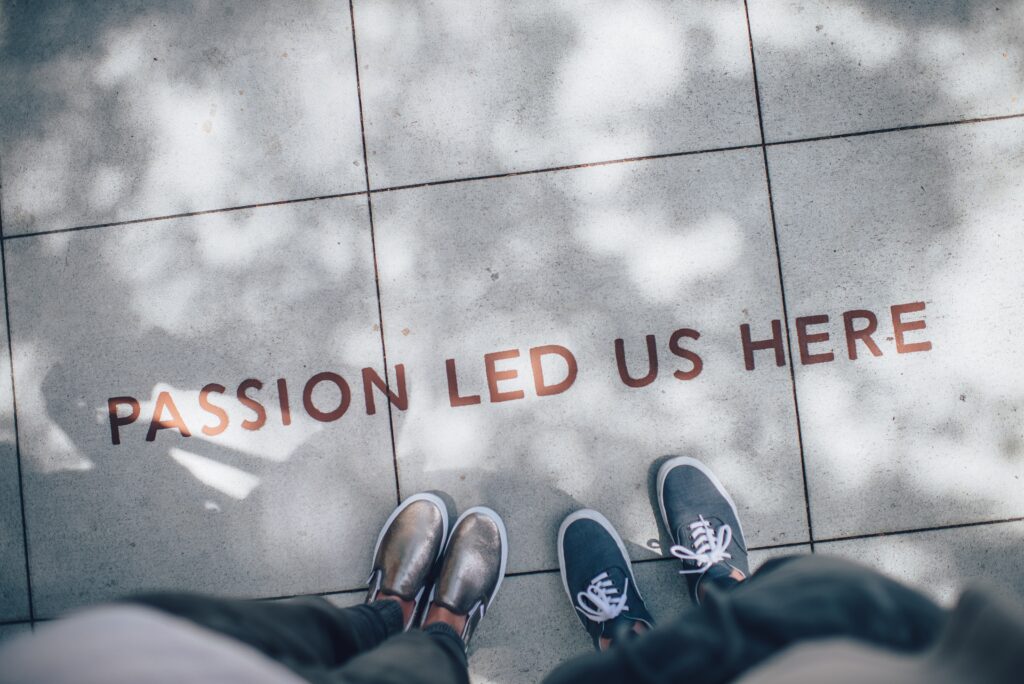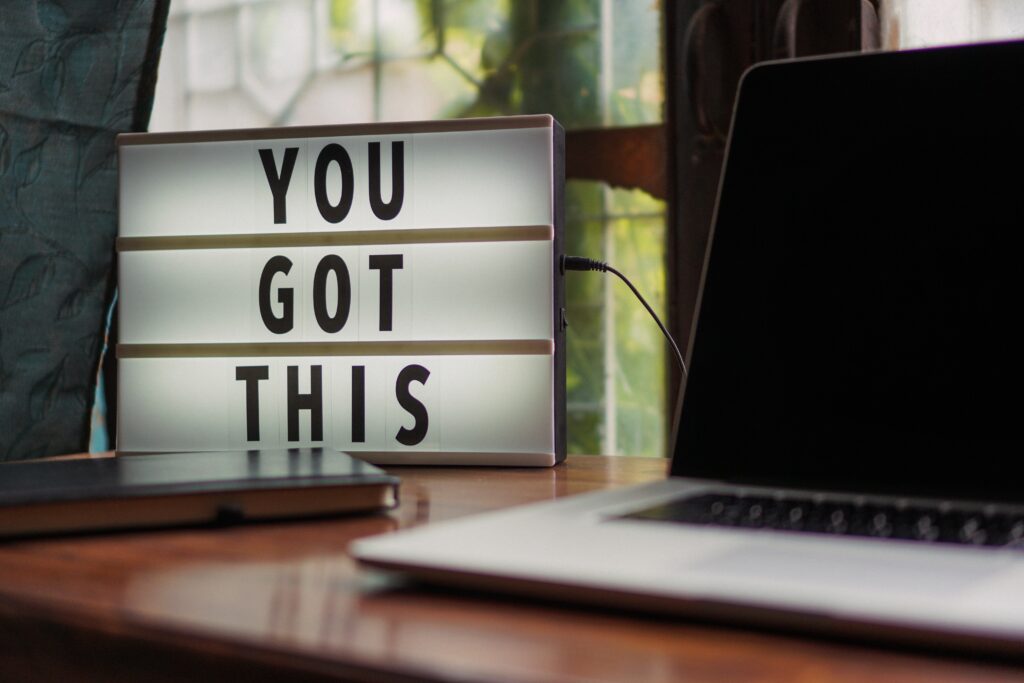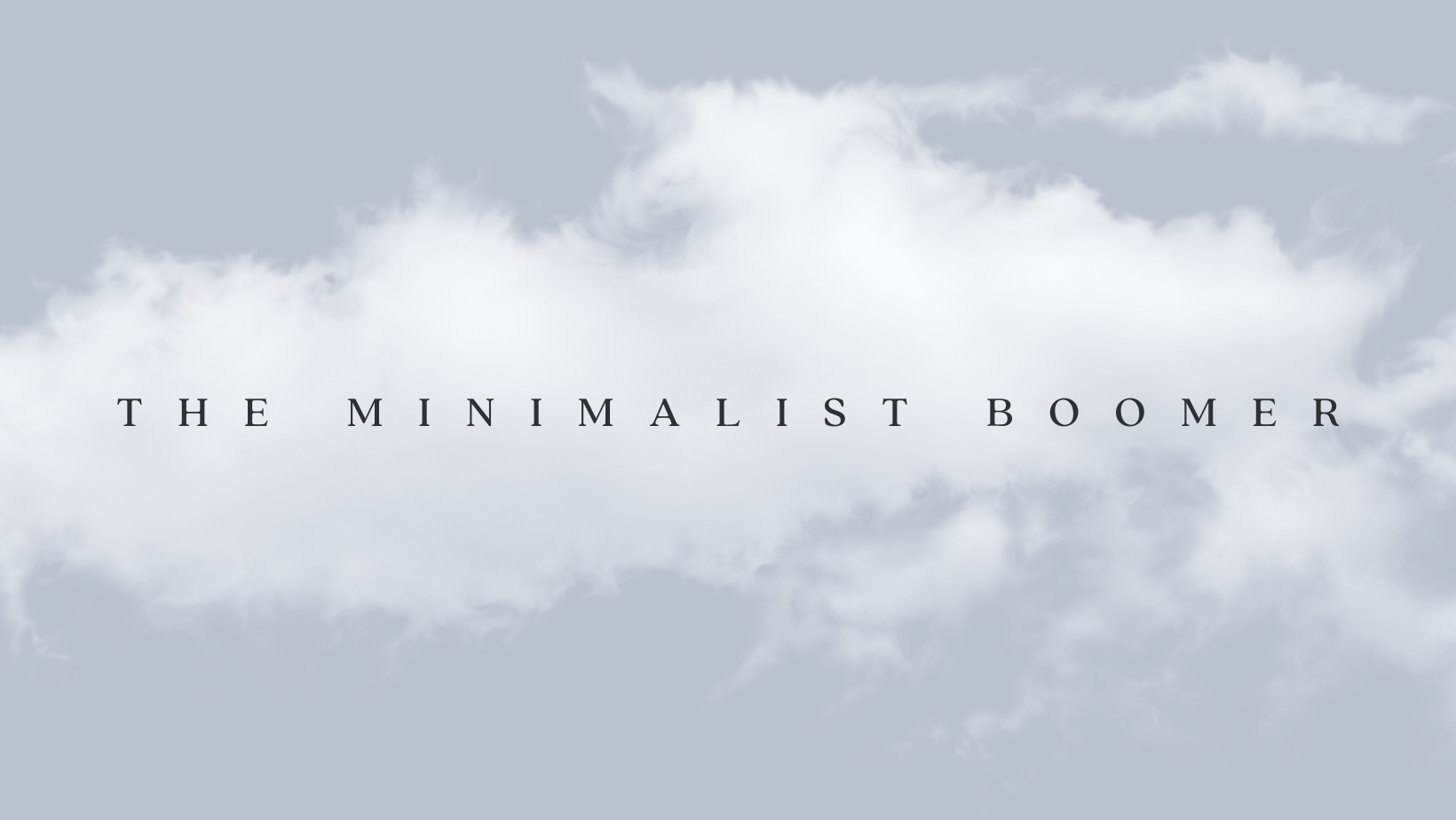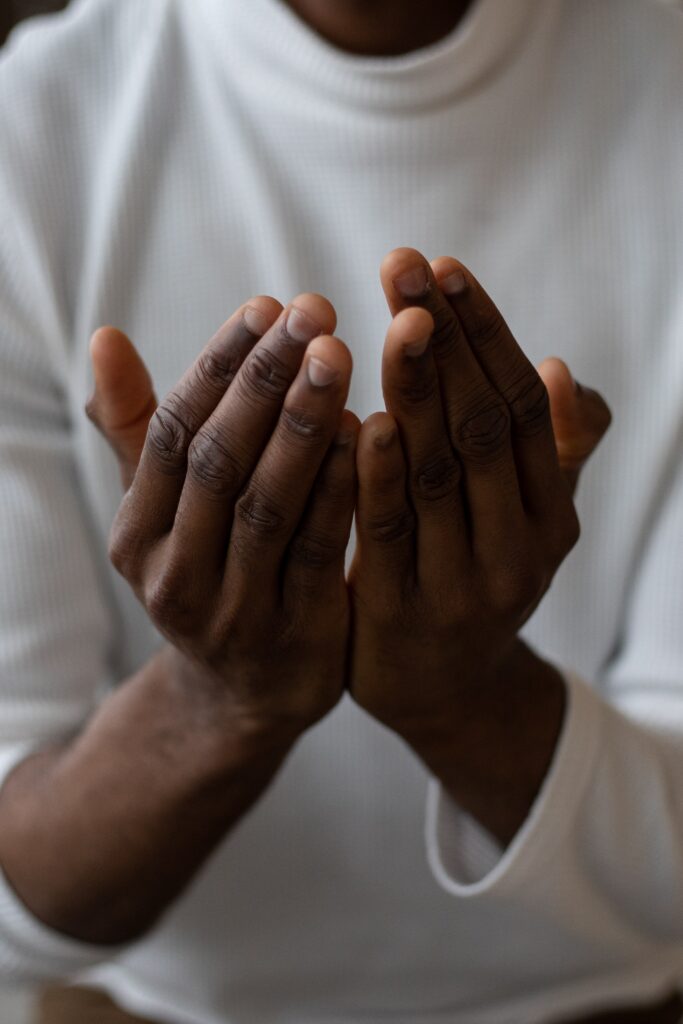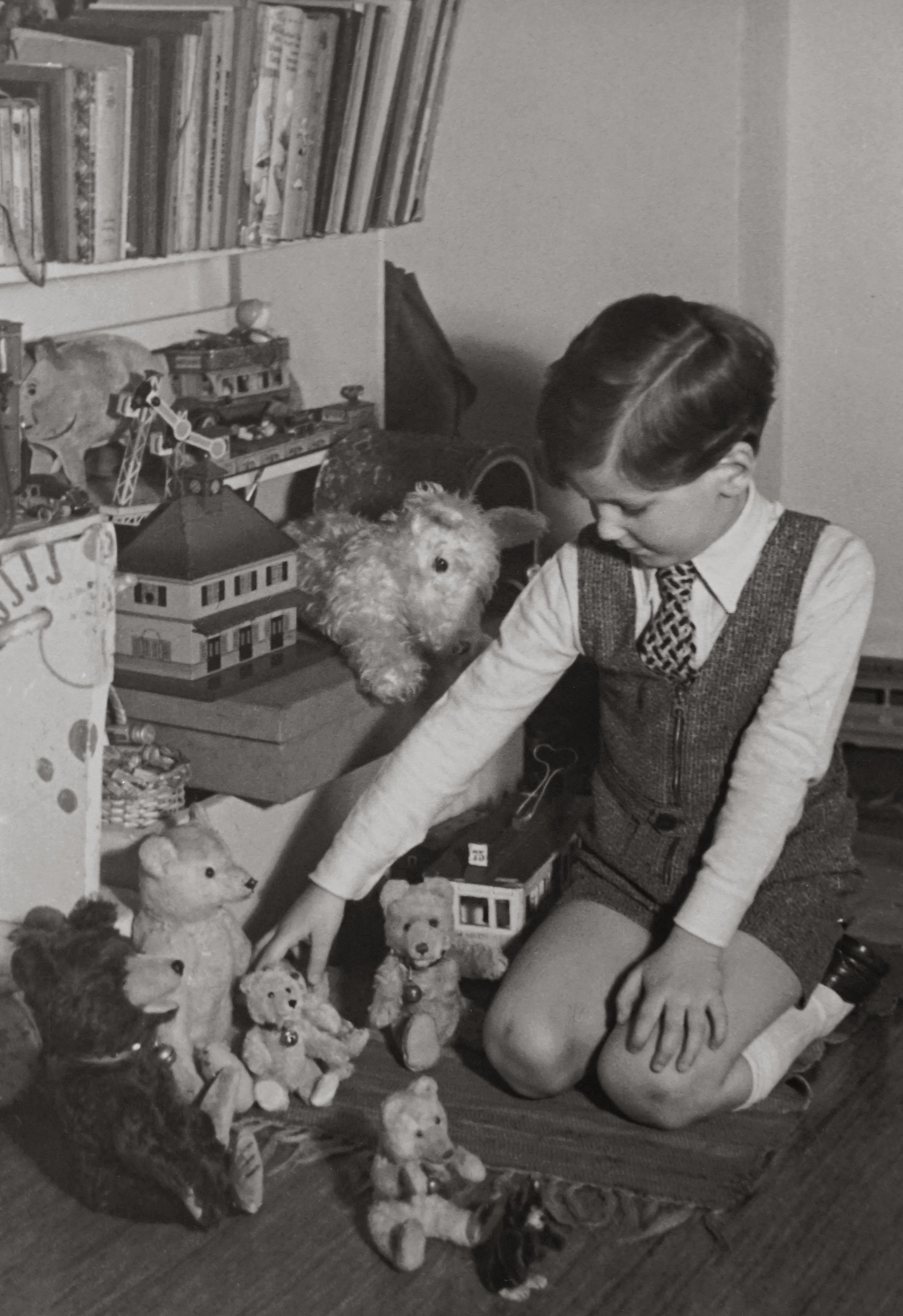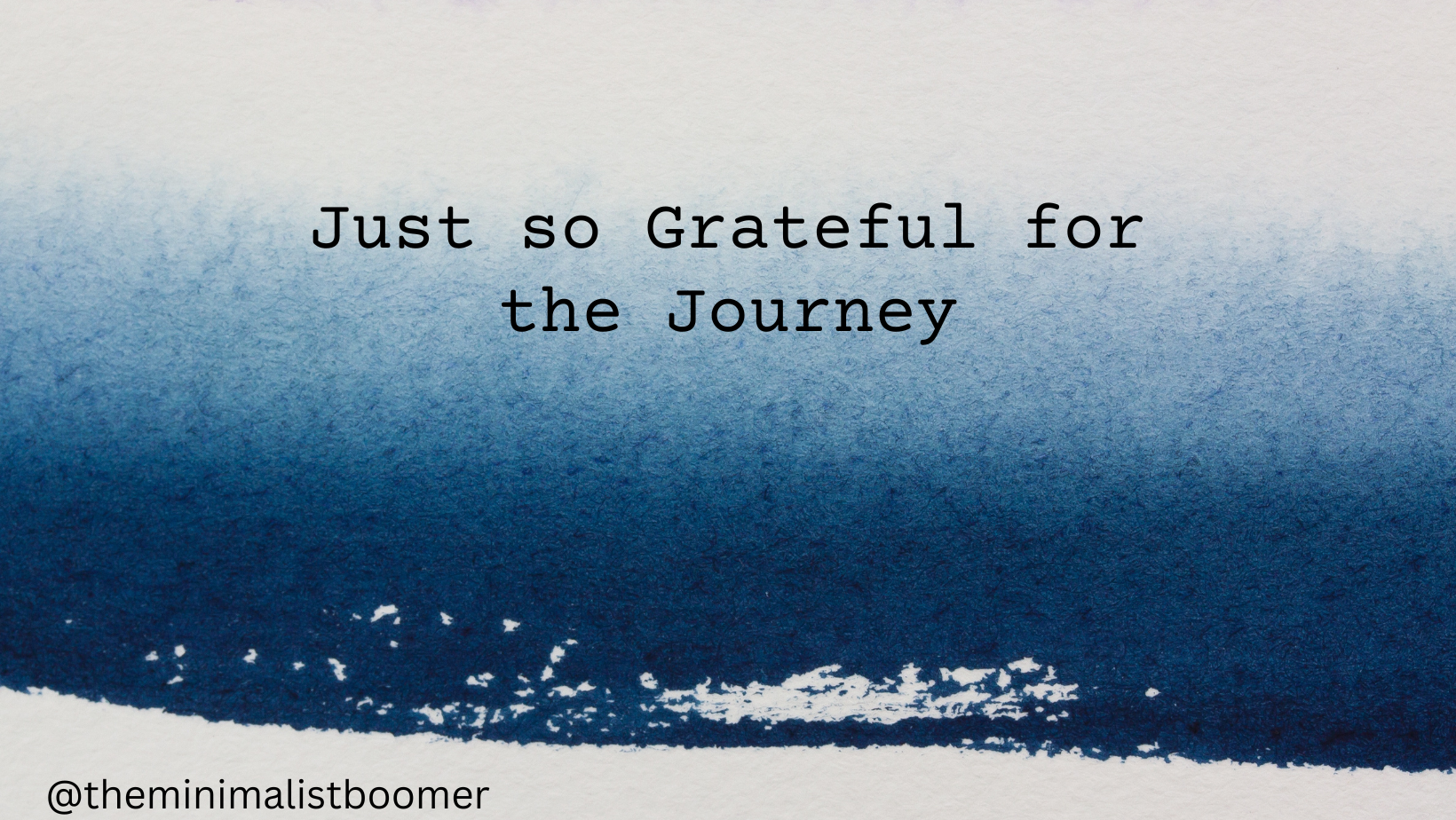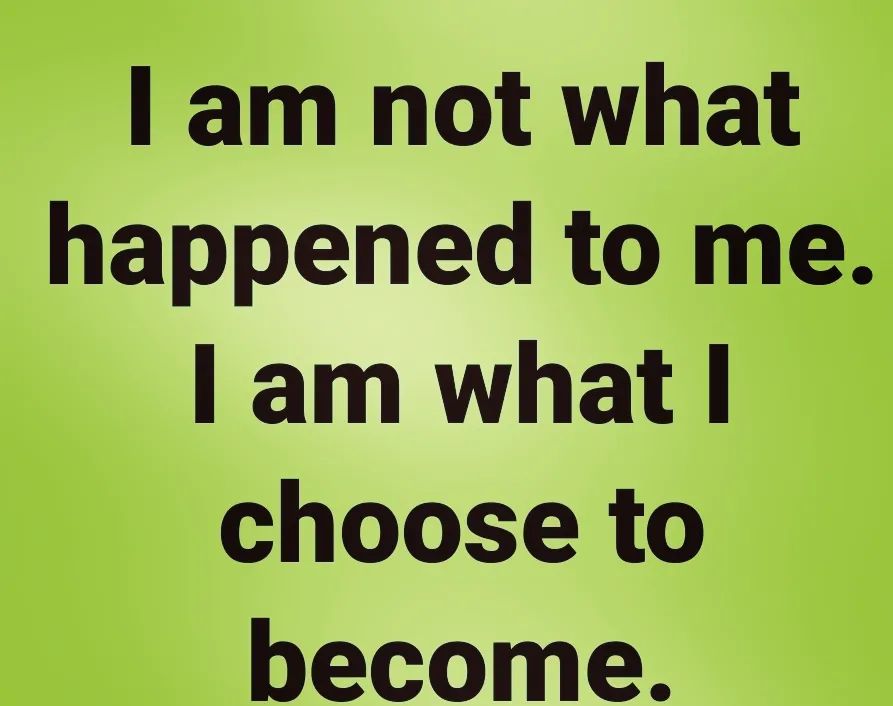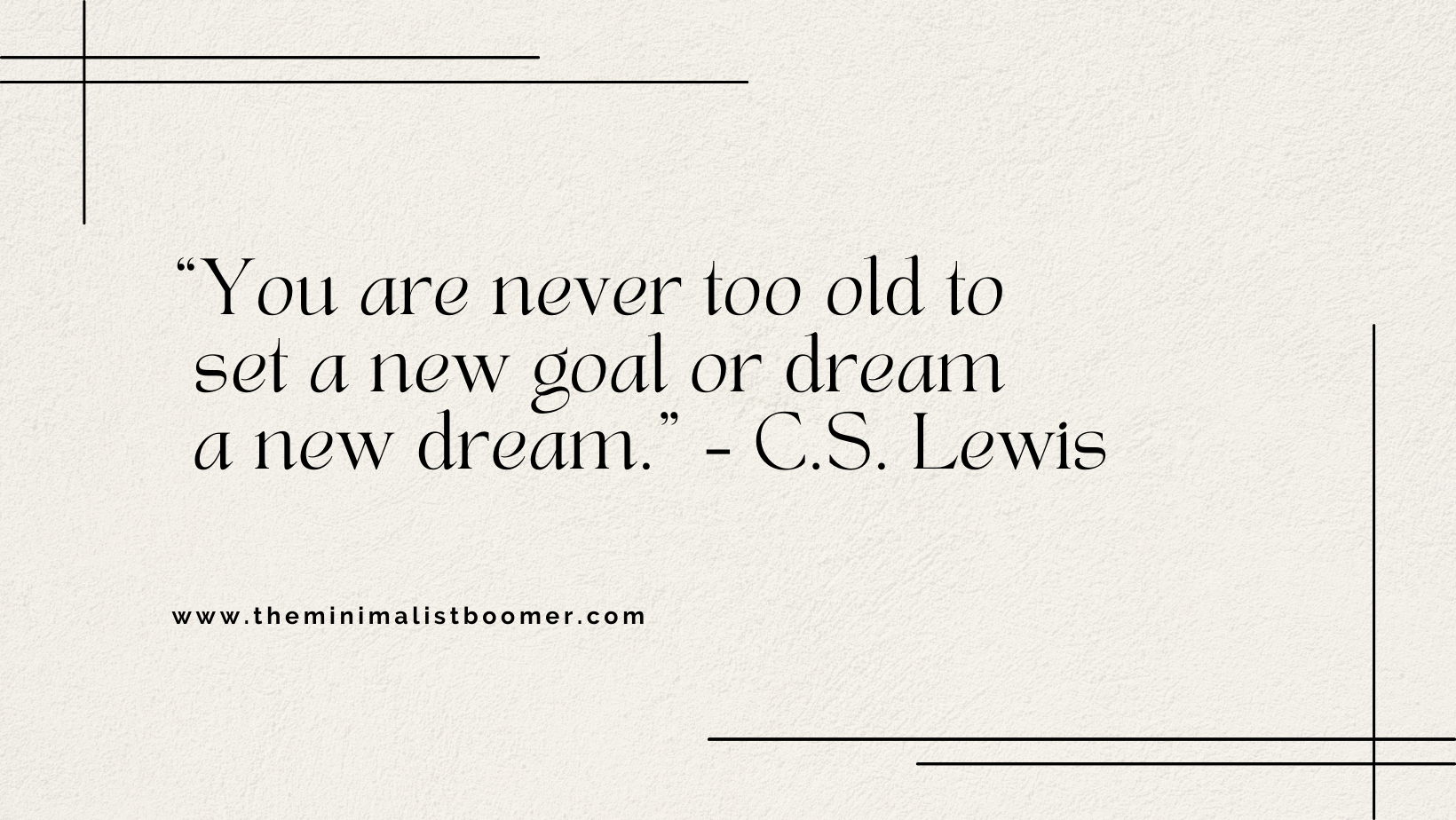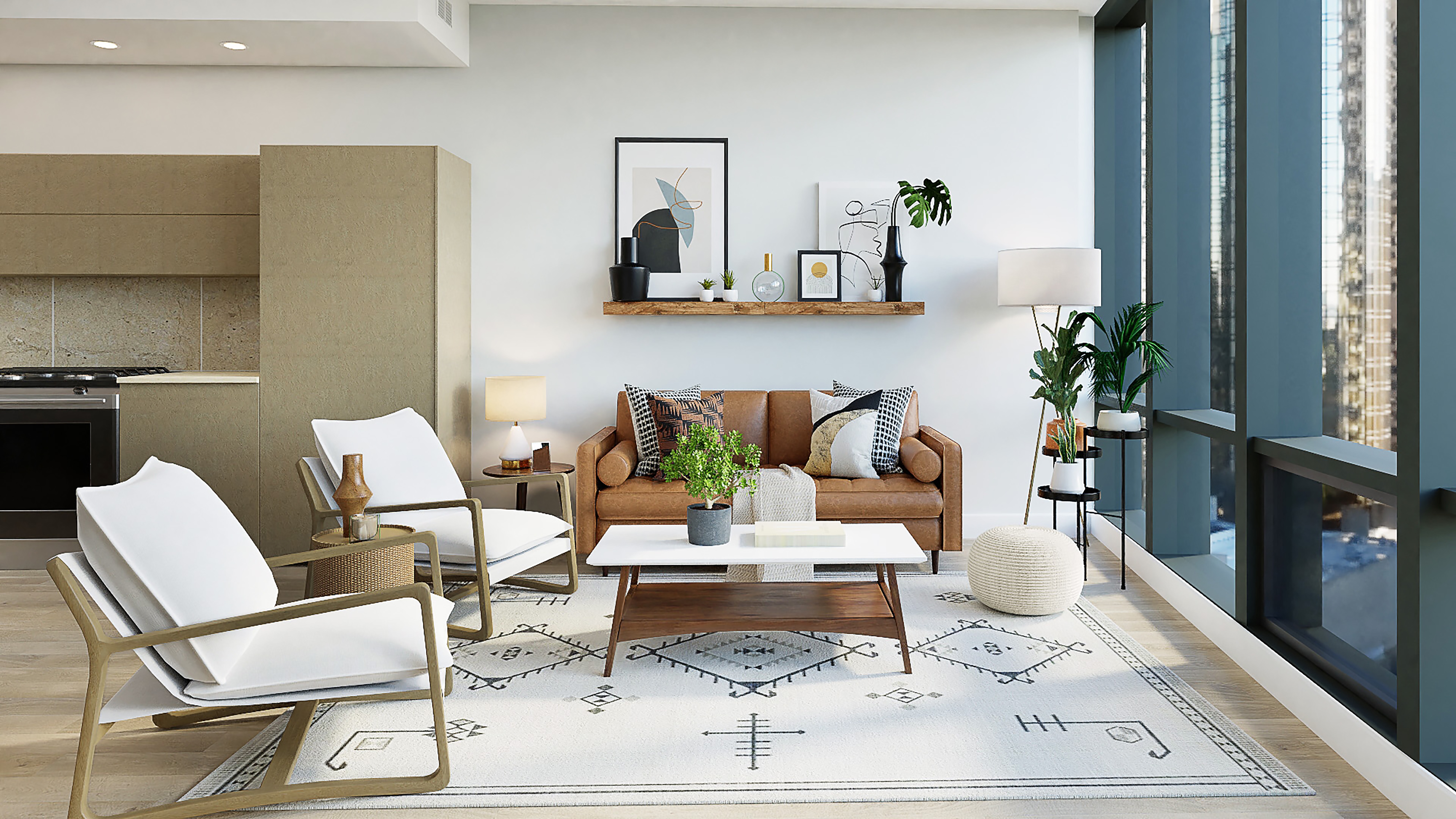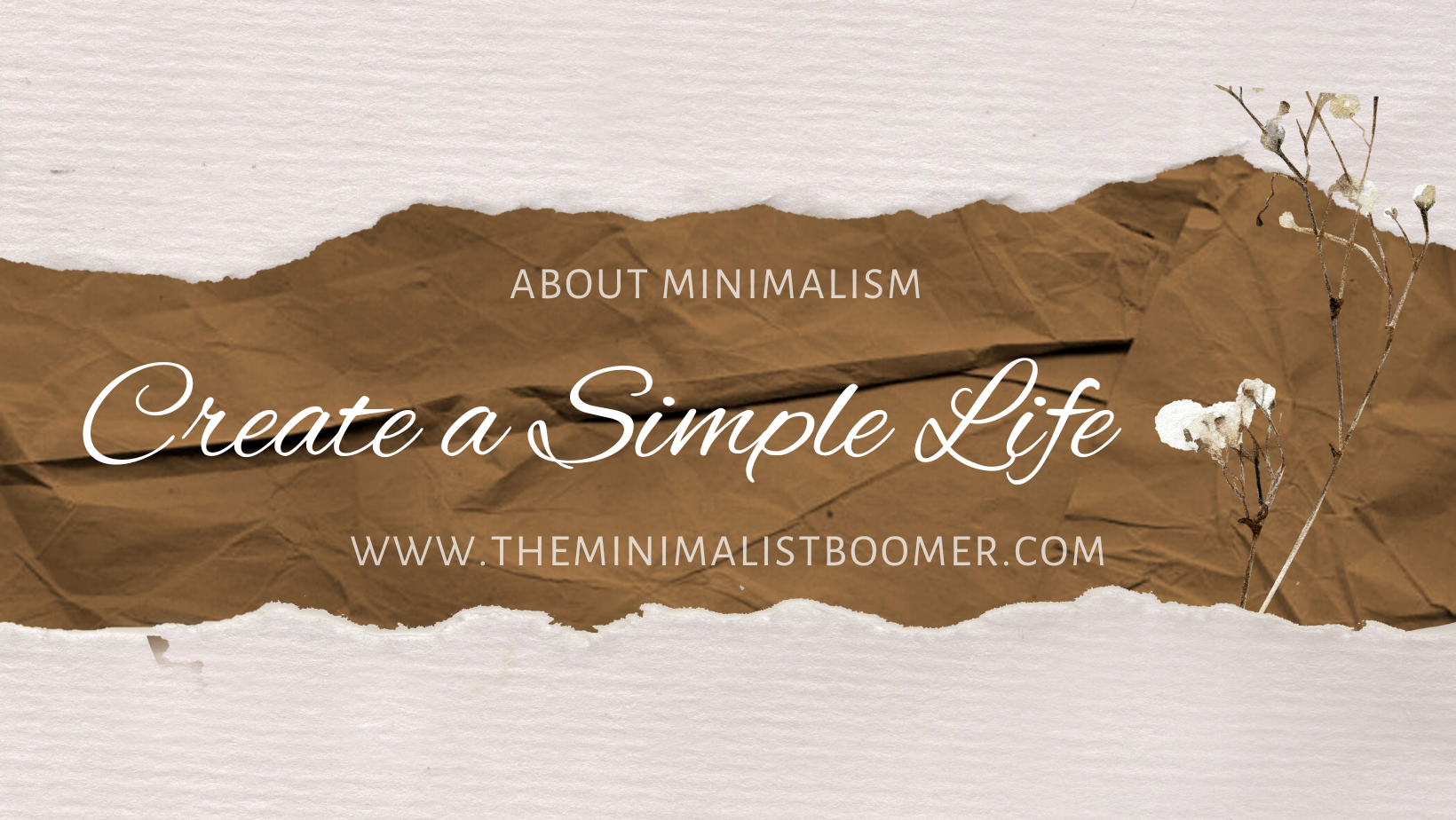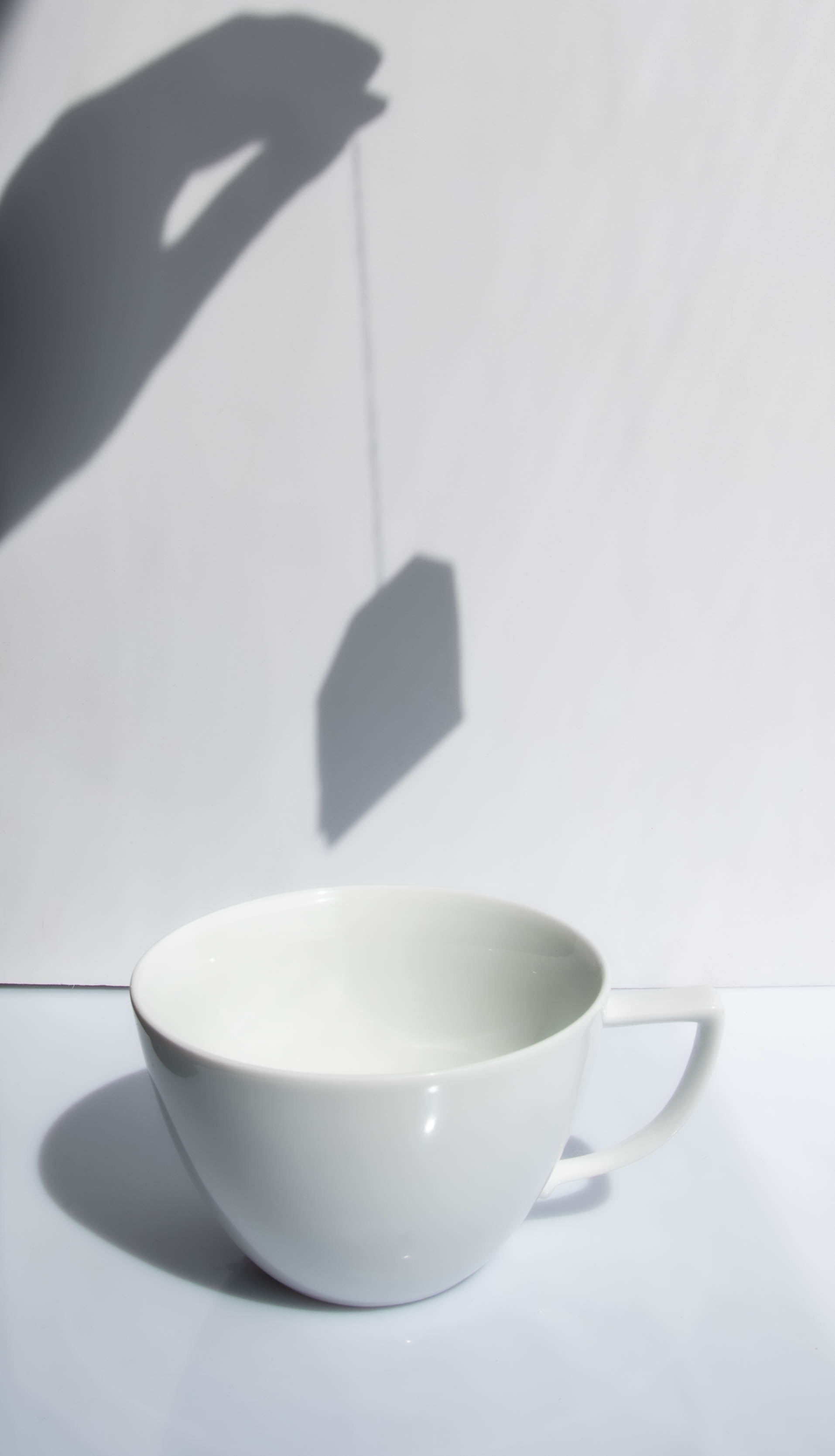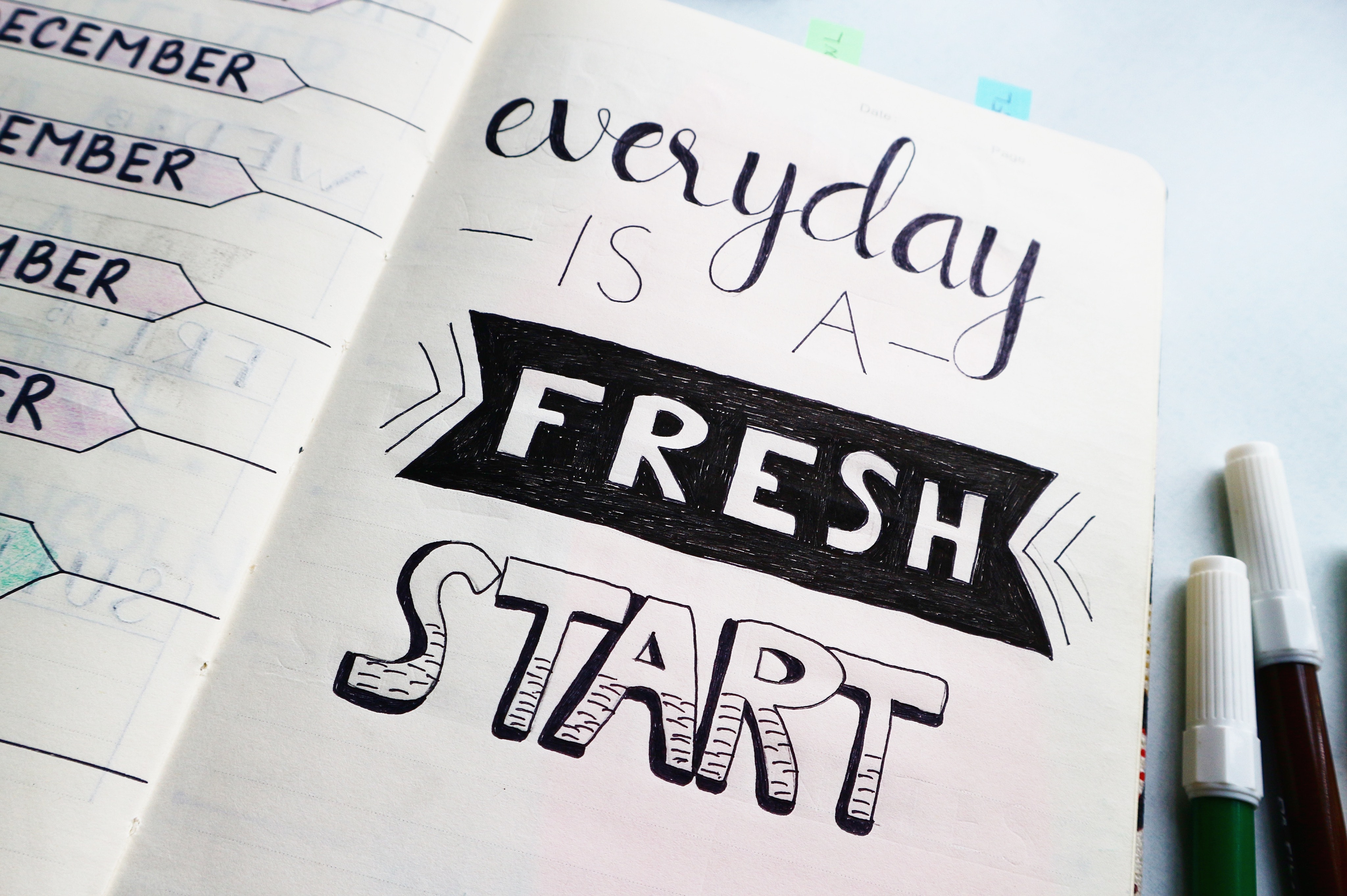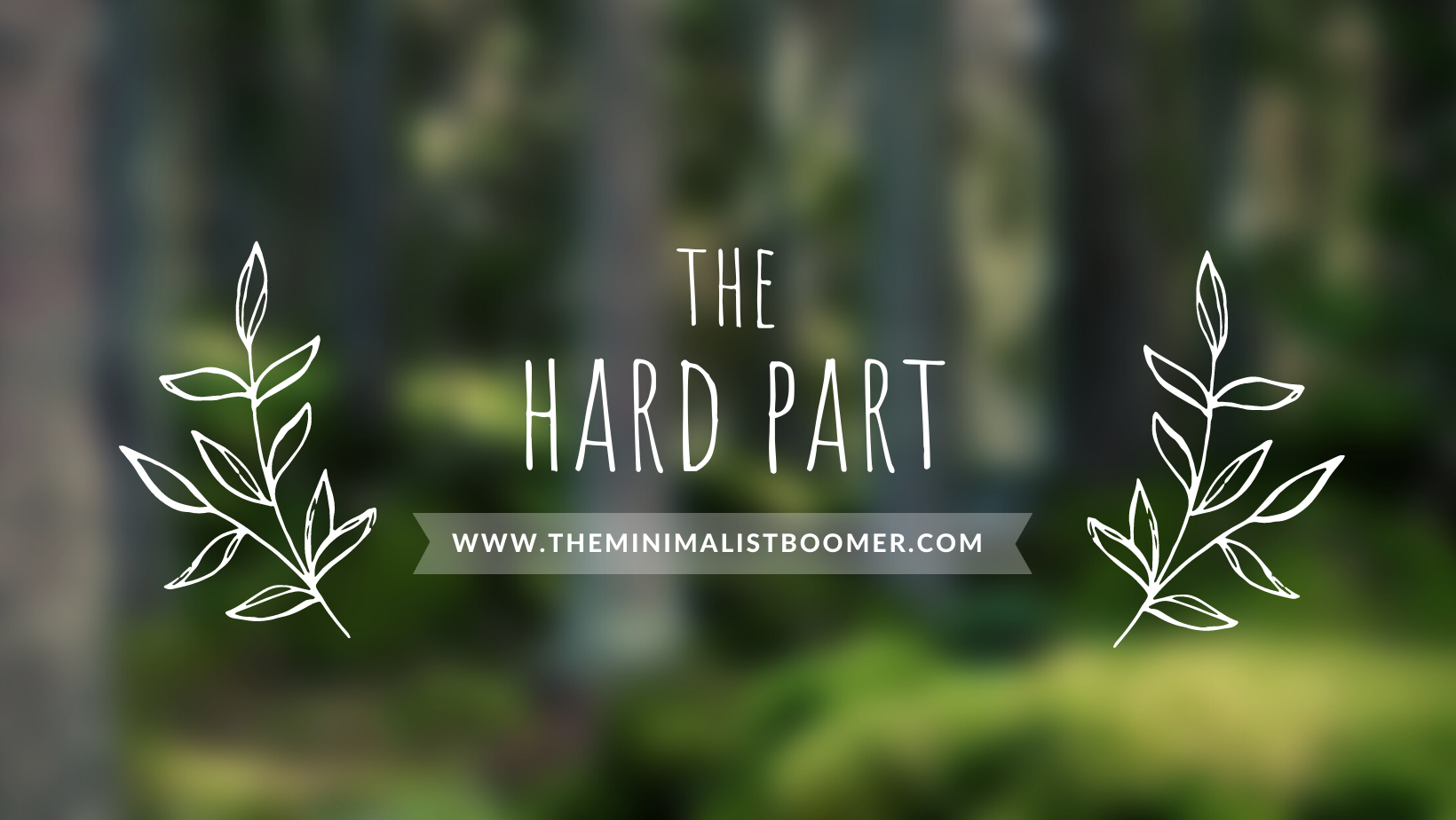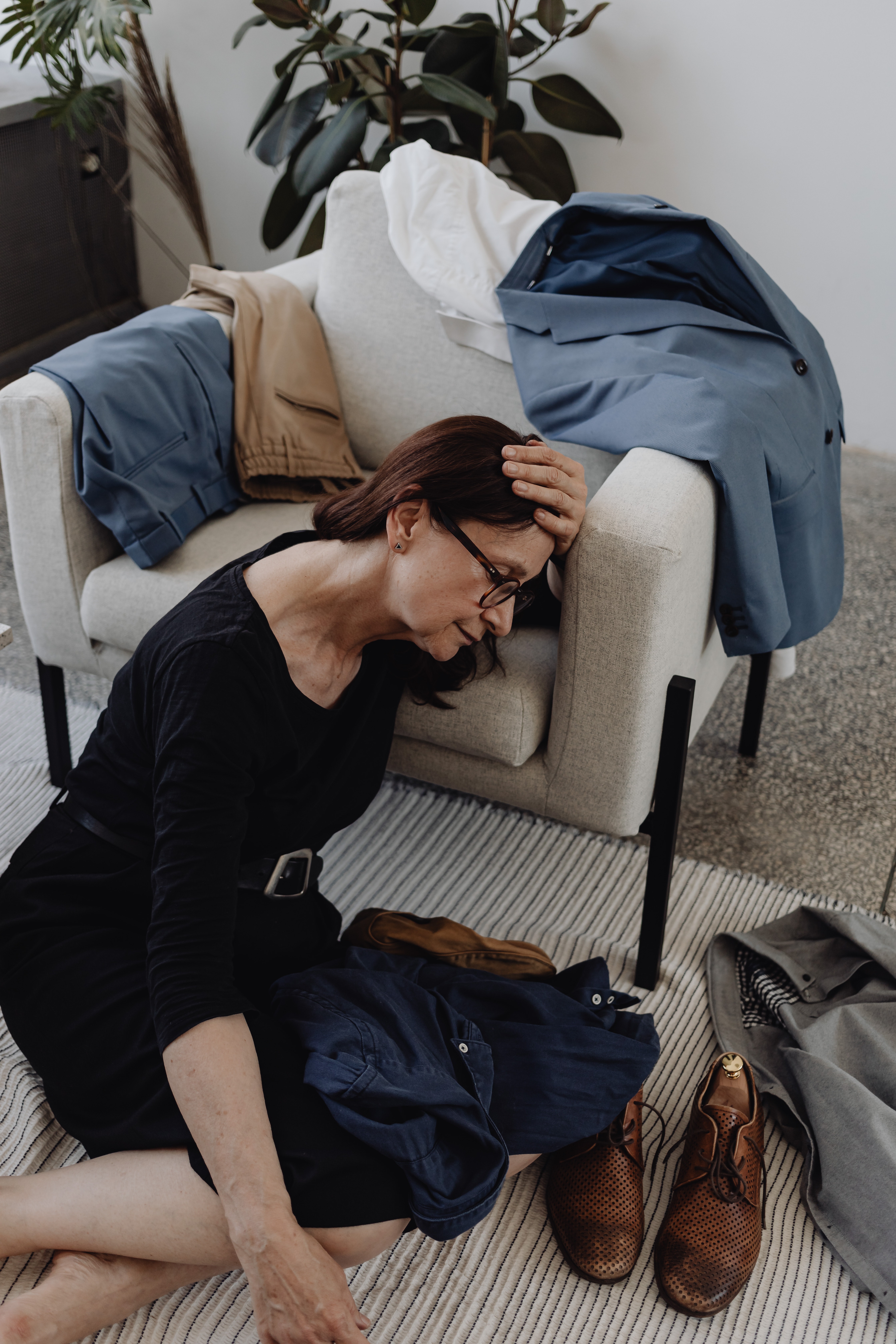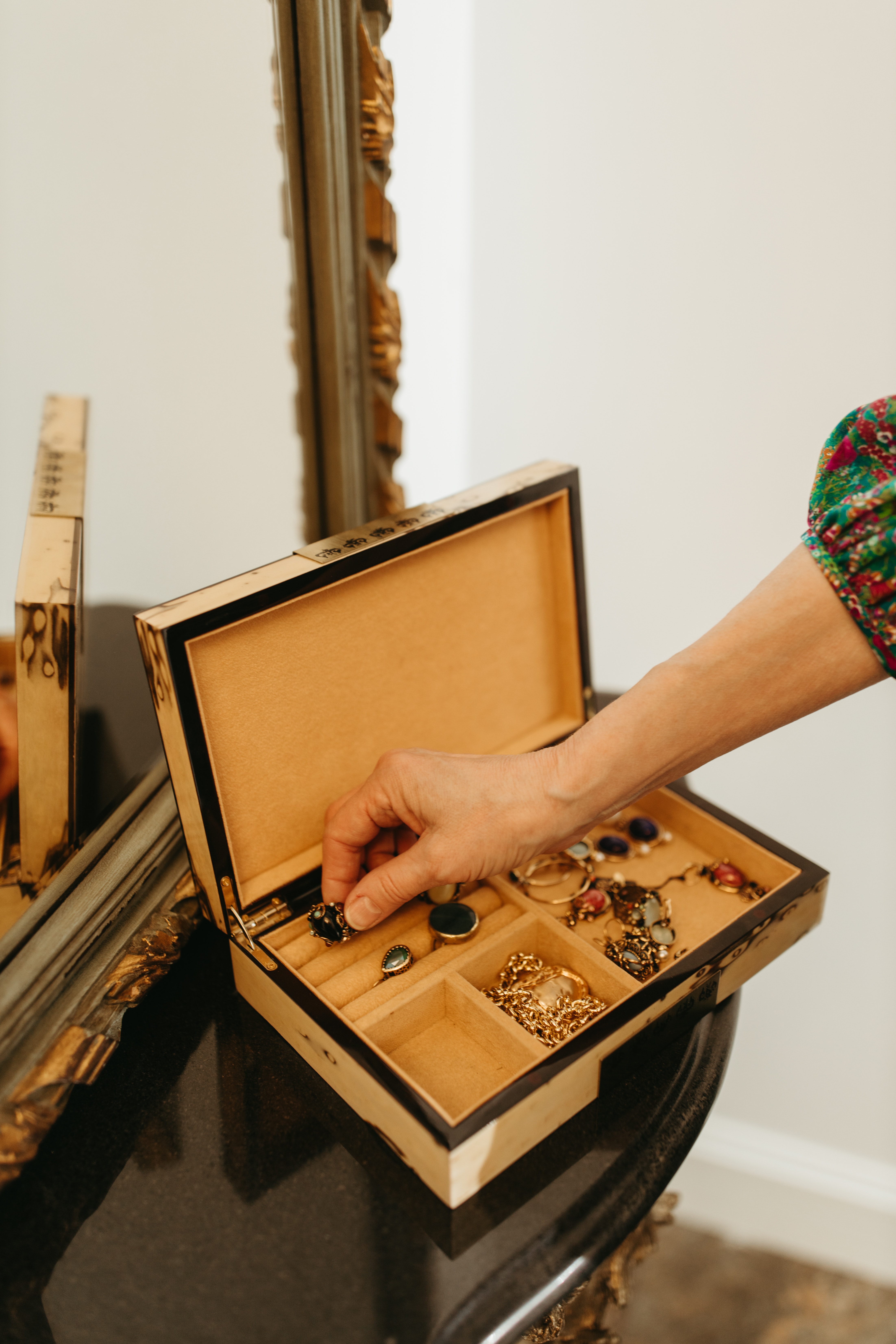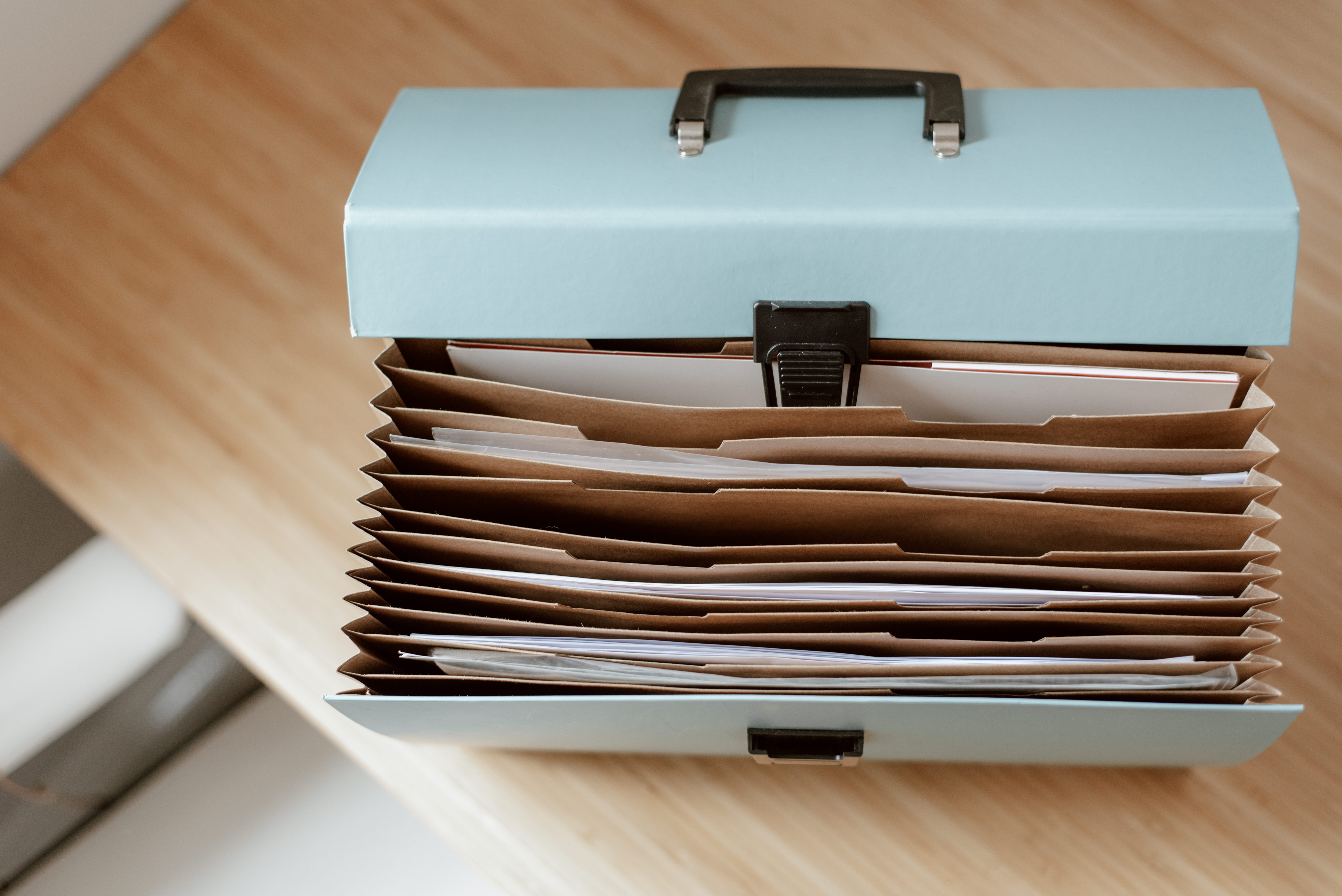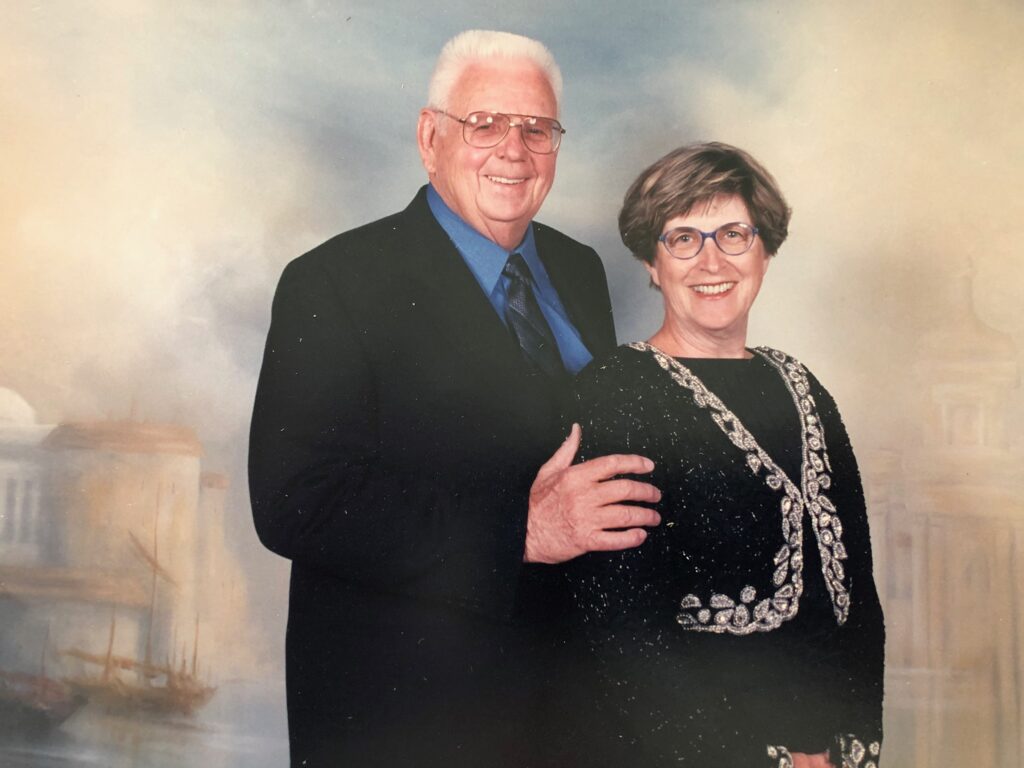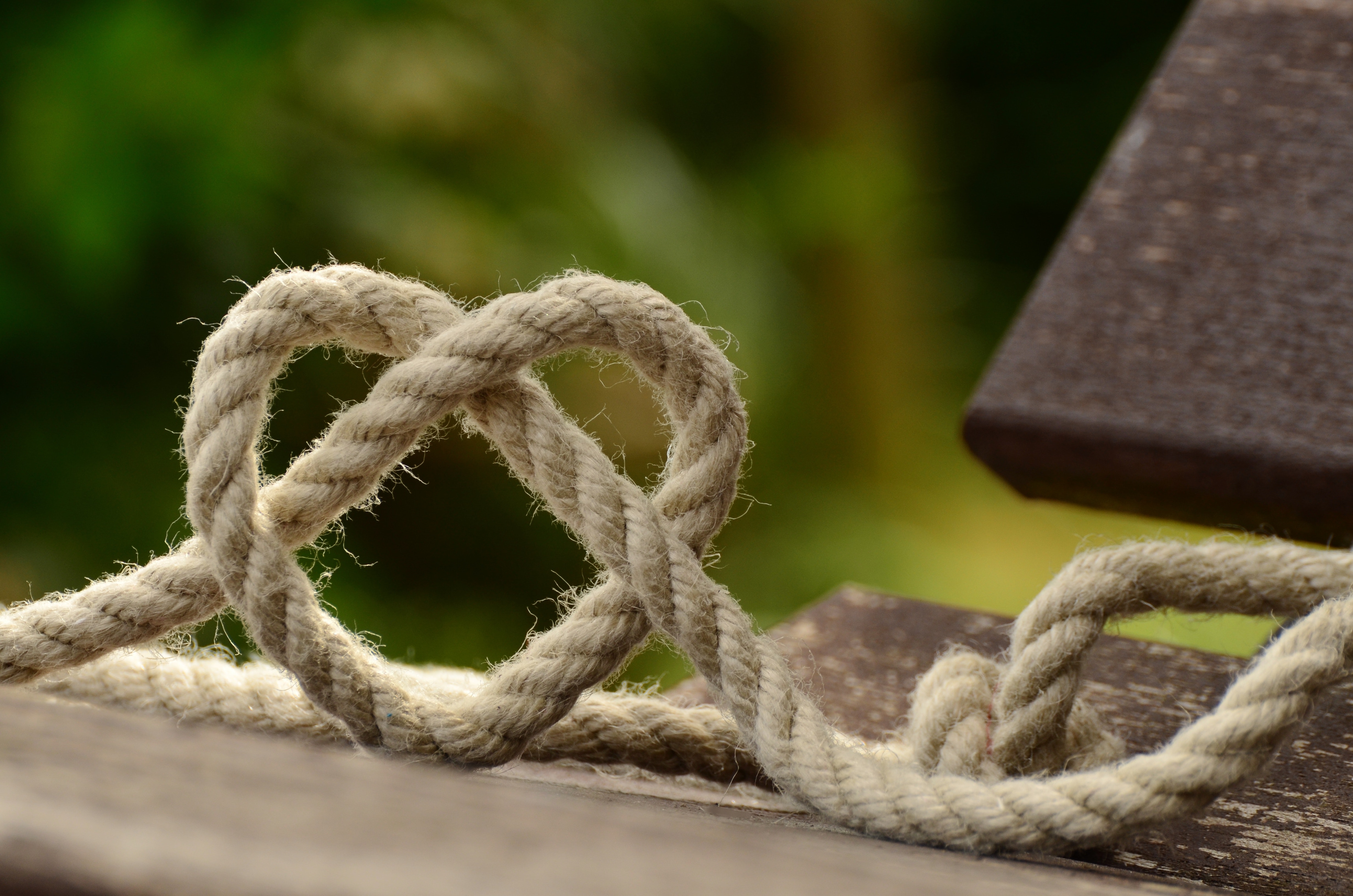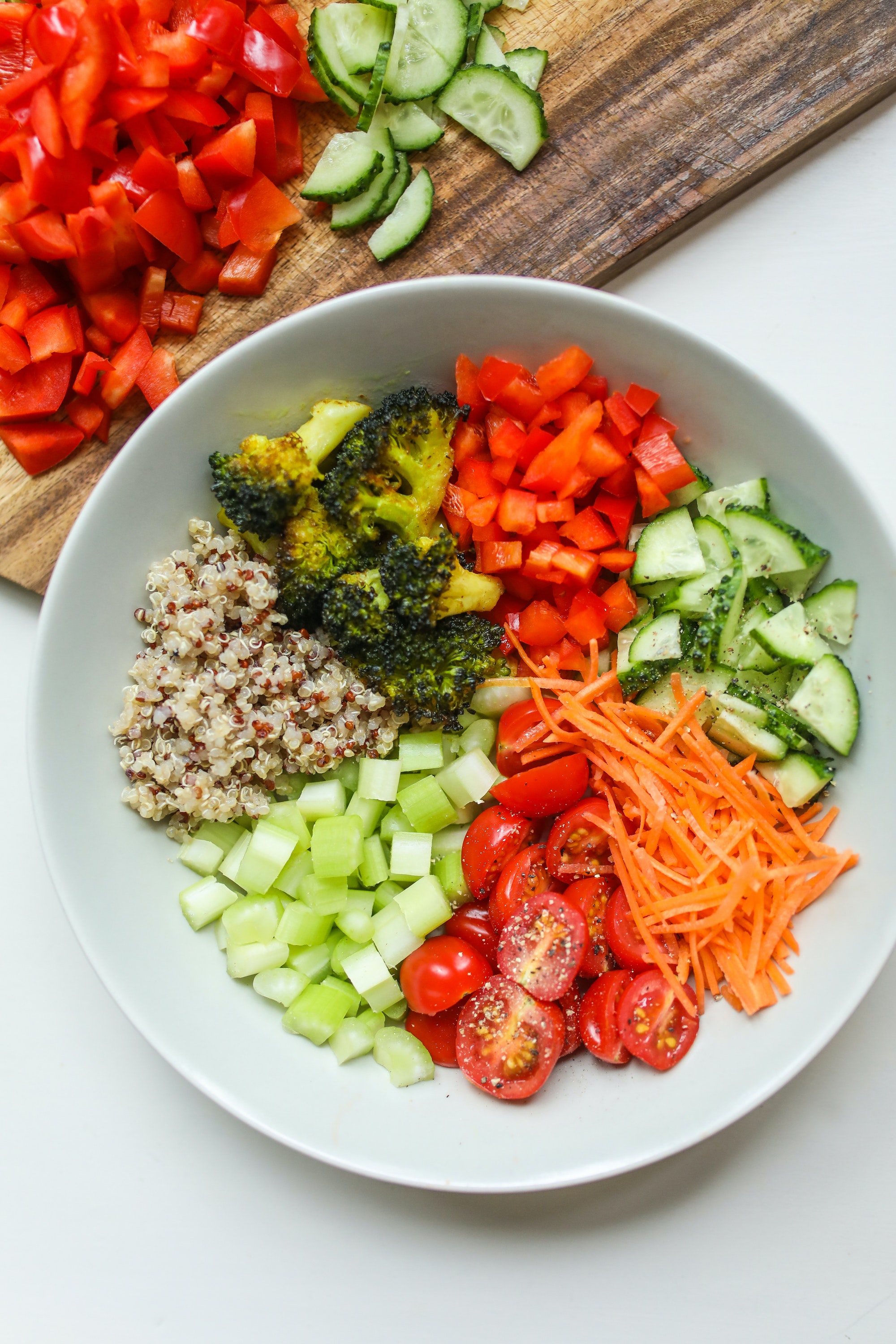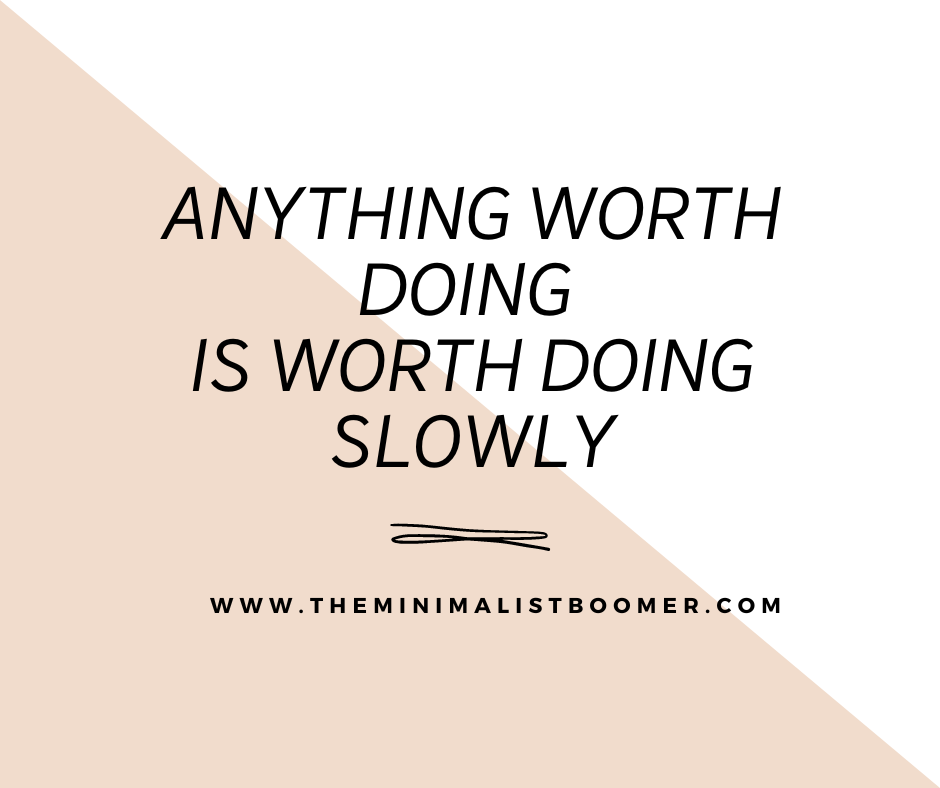The last time I went grocery shopping, I got stuck behind a woman pushing her cart right down the middle of the aisle. First off, this always drives me crazy, but to add fuel to the fire, her two kids were walking along beside her playing some sort of hand-held video game, while she talked on her cell phone. They were completely unaware of their surroundings and absorbed in their devices.
Rarely am I in a hurry these days so I decided to conduct an experiment. I followed this woman and her two kids, who had no clue I was behind them, down a few more rows in the store. I began to wonder how on earth she could continue to shop, adding items to her cart, all the while carrying on what must have been a very important conversation on her phone.

What was really interesting was to watch the reaction of the other shoppers, many of whom were not nearly as patient as I was that day. Some were visibly irritated; others angrily pushed their way around her and do you know what? She was completely unphased, so totally absorbed in this phone, that she had no idea she was in other people’s way.
As I moved on and finished up my shopping, I spotted her at another checkout counter. And yes, she was still on that phone and the kids were still playing on their gaming devices. So this got me thinking about what’s more important, your phone or the one you’re with? Or, is the one you’re with now on your phone?
In a world where technology is at our fingertips, it is easy to forget the value of human connection. While our phones may offer countless features and distractions, the truth remains – the one you’re with is more important than your phone. Let’s explore the reasons behind this notion and provide practical tips on how to prioritize interpersonal relationships over screen time. Join me in putting our phones down for a moment and take a look at the significance of nurturing the connections that truly matter.
How Technology is Affecting Our Relationships
Technology has become an integral part of our lives. It has made our lives easier, convenient, and more efficient. With the rise of digital distractions, we have become increasingly reliant on technology, which can have a negative impact on our relationships.
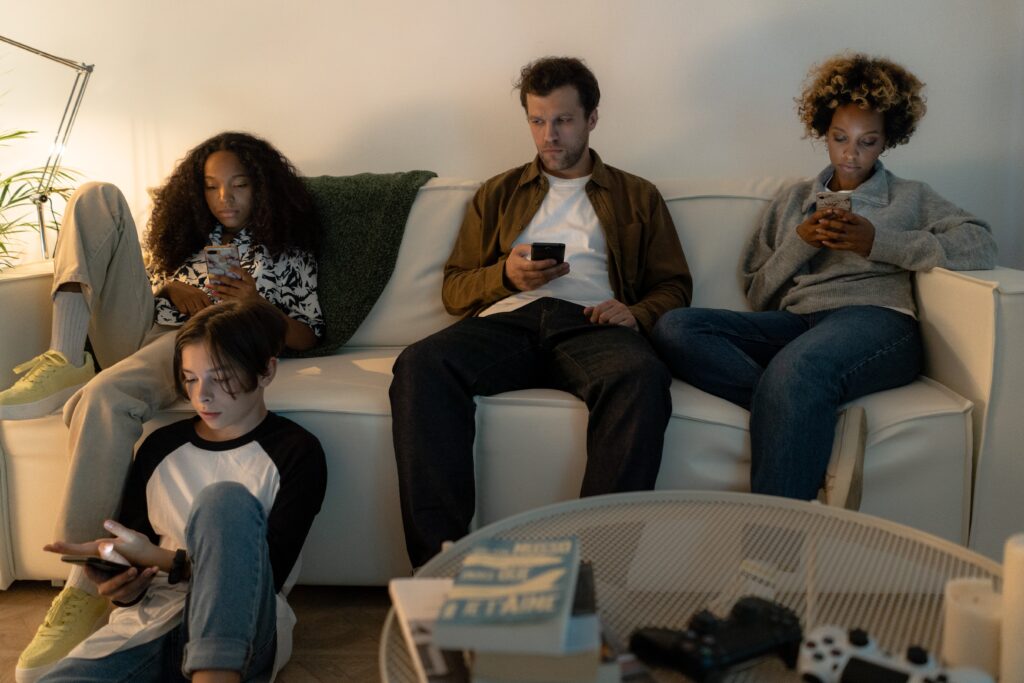
The Rise of Digital Distractions
Smartphones, social media, and other technological advancements have made it easier to stay connected with our friends and family. The constant notifications, messages, and emails have made it difficult to stay focused on the present moment. Distractions from technology lead to a decrease in the quality of our communication, reducing our ability to connect with others. We often end up giving more attention to our phones than the person sitting in front of us, which can create feelings of neglect and isolation.
The Importance of Being Present
Being present is one of the most important aspects of a healthy relationship. It means being emotionally and mentally available to the people we care about. Yet, with the constant distractions from technology, it has become increasingly difficult to be present in the moment. Being present requires us to disconnect from technology and focus on the people around us. It allows us to communicate more effectively and create deeper connections with our loved ones.

It is important to take breaks from technology and engage in activities that promote face-to-face communication. This could be anything from going on a walk, having a meal together, or simply having a conversation without any distractions. By doing so, we can improve the quality of our relationships and create more meaningful connections with the people we care about.
Why Your Partner Deserves Your Attention
It’s easy to get caught up in the distractions in our life, especially with the constant pull of technology. But amid all this noise, it’s important not to forget the person who matters most: your partner.

We all have a love-hate relationship with our phones at times. They can bring us closer to our loved ones, but at the same time, they can also pull us away from them. If you find yourself struggling to put your phone down and prioritize your relationship, don’t worry, you’re not alone.
Set Boundaries for Technology Use
The first step to prioritizing your relationship over your phone is to set boundaries for technology use. Consider creating a “phone-free” zone or time of day where you and your partner can focus on each other without distractions. This could be during meals, when you’re spending time together at home, or when you’re out doing something fun.
Make Time for Uninterrupted Communication
In addition to setting boundaries for technology use, it’s important to make time for uninterrupted communication. This means putting down your phone and giving your partner your undivided attention when they’re speaking to you.
Lead by Example
If you want your partner to prioritize your relationship over their phone, you need to do the same. Put your phone down when you’re spending time together and show them that they are your top priority.
We all know that it’s easy to get lost in technology. Sometimes we are glued to our phones, checking notifications, and scrolling through social media feeds. It’s important to remember that the people we are with are more important than any device. Whether it’s our significant other, family, or friends, they deserve our undivided attention and love.
Taking the time to disconnect from technology and connect with those around us can lead to stronger relationships and happier lives. So, the next time you are tempted to reach for your phone, remember that the one you’re with is more important and deserves your full attention. Cherish the moments you have with them because they are truly priceless.

P.S. – Put your phone away while you are in the grocery store! What a great time to be teaching your children the value of time and money. Involve them in the process of making a list and contributing to the experience of buying groceries for the family.

